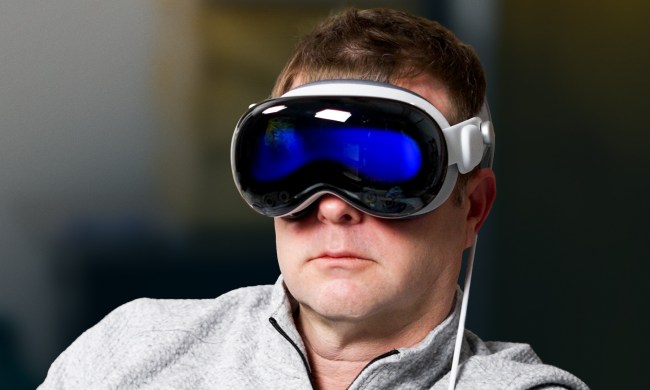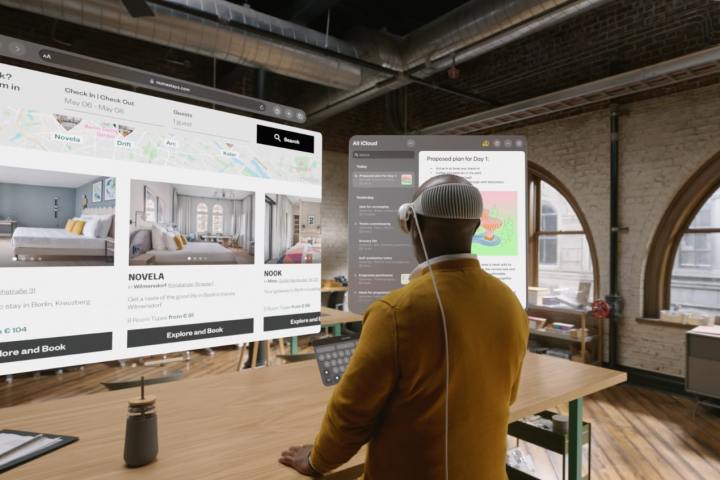
With Apple’s Vision Pro headset almost upon us, a lot of questions are being asked about the apps it will have when it launches. How many there will be? What will they be like to use. Are big-name developers are getting on board? We’ve all been wondering what Apple has got in store for us.
It’s not all a total mystery, though. With just a week before the Vision Pro starts arriving in people’s hands, we’re starting to get a clearer picture of the headset’s app situation. Some of it sounds exciting and some of it could be downright ugly — but if Apple hopes to build a new platform out of the Vision Pro, app support will be key.
The good: 3D movies, iPad apps
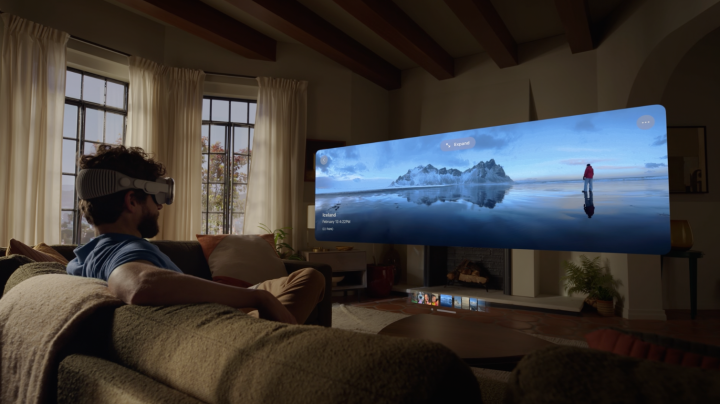
Despite the Vision Pro not yet being available for customers, a few journalists have had hands-on experiences with the device (including our own Giovanni Colantonio). One thing to have emerged from those reports is that Apple’s spatial videos — that is, those you can watch in 3D space using the Vision Pro — are among its best features. The good news is that these won’t just be limited to your own videos watched in the Photos app.
That’s because we know Disney+ is going to offer a host of 3D movies right from day one, as will the Apple TV app. Regarding Disney+, our reporter got to experience a “360-degree recreation of Avengers Tower” using the headset that could be turned into a “personal movie theater.” That’s a brilliant way to enjoy movies in an immersive way.
And it’s not just films that will be getting the 3D treatment. It works for games, work, and immersive “experiences” too, such as exploring Yosemite National Park or joining musicians for rehearsals. We got to play around with a mischievous dinosaur, a model of a Formula One car, and more. It’s all brilliantly done and far ahead of Apple’s rivals.
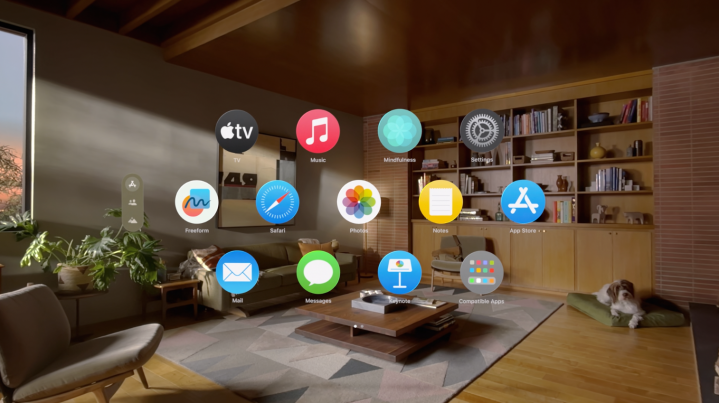
One thing that will be key to the Vision Pro’s success is the amount and quality of apps on Apple’s visionOS platform. While designing tailor-made apps will take time, Apple is trying to make things as easy as possible for developers by automatically translating their iPhone and iPad apps onto the Vision Pro.
This is reminiscent of how Apple helped devs get their apps working when the company transitioned from Intel to Apple silicon Mac chips. With the Vision Pro, Apple will import all compatible iPhone and iPad apps to the headset’s own App Store “by default,” with developers not needing to do any additional work.
That means there should be a huge number of apps available right from the start. While not all of them will be entirely optimized for the Vision Pro, they should still work perfectly well, giving you plenty of options to get started straight away.
Bad: restrictions and a lack of native apps

Despite the large number of apps you’ll be able to use on day one, we’ve heard disappointing news that there won’t be a huge number of apps available that properly take advantage of the Vision Pro’s capabilities — at least not at first. Apps that are specifically designed for the platform could make use of the device’s gesture-based interactions in creative ways, for example, or do something that an imported iPad app could never manage.
According to some estimates, there are only around 150 native Vision Pro apps ready to go at the moment. Compare that to the 500 that launched with the original iPhone or the thousands that were available for the first iPad on release day.
The lack of native apps is probably due to a few reasons. Developing a Vision Pro app is totally unlike making an iPhone or iPad app due to the new and unfamiliar interactions developers have to build. There is also uncertainty over the size of the Vision Pro’s market, and some devs might want to hold back and see if their efforts will be repaid with a sizable audience. And, of course, there’s also the issue of the commission Apple charges on app sales, which is still a sticking point after many years.
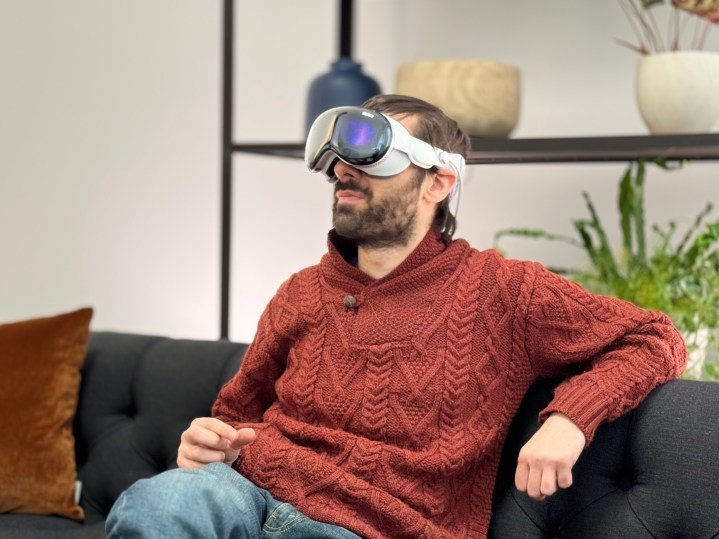
There’s another hurdle Vision Pro developers are having to contend with: the lack of access to some of the headset’s best features. Right now, it looks like Apple is restricting access to the Vision Pro’s eye-tracking and motion-sensing features, with no information on when (or if) apps will be able to incorporate them.
That’s a real shame, because that kind of ability could enable developers to create some truly compelling apps. I recently wrote about how this could take Vision Pro gaming to another level, and it has uses in a wide variety of fields, from interactive educational apps to fitness and workouts.
It could be that this is just a temporary restriction, and that Apple is still working on toolkits for these complex features. Or it may be that Apple simply doesn’t want to make these tools available to anyone except itself. But given how important a thriving app ecosystem will be to the Vision Pro’s future chances, it would be a huge mistake for Apple to unduly restrict developers. If the company wants to fill its Vision Pro App Store with captivating apps, it needs to change this situation.
Ugly: notable misses
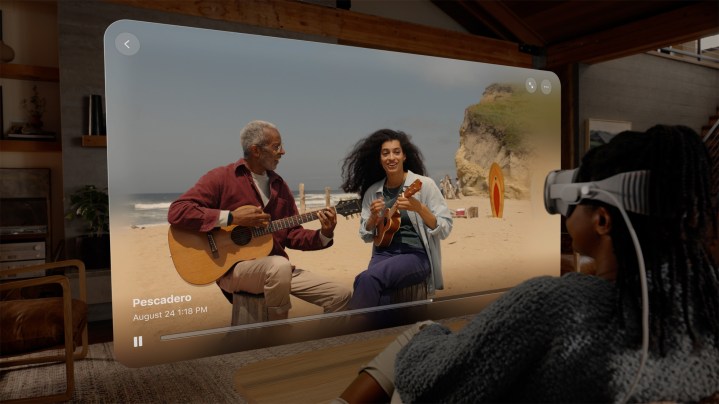
While the lack of native apps is a knock against the Vision Pro, things get worse when you consider that three incredibly popular apps are going to be totally absent from the device. YouTube, Netflix and Spotify have all announced that not only will they not be developing bespoke apps for Apple’s headset, but they have also opted out of allowing their iPad and iPhone apps to make the leap to the device as well.
This is quite an extraordinary measure, as allowing your iPad and iPhone apps to load on Vision Pro seems to require minimal extra effort from developers. That suggests the makers of all three apps have issues with Apple, the Vision Pro, or both. Greg Peters, the co-CEO of Netflix, has publicly said that the reason for no native app is that the Vision Pro is not currently worth their time due to being “subscale,” but that they’ll “see where things go with the Vision Pro.” This makes sense, but it doesn’t explain opting out of the streaming service’s iPad app being used.
We’re left to assume that they feel their iOS apps would provide a poor substitute experience. In Spotify’s case, the company has a long-running dispute with Apple over App Store commissions, which might have motivated its decision. YouTube, in particular, feels like the biggest miss. We haven’t heard from Google about the reason for opting out.
Whatever the case, it’s not encouraging for the Vision Pro when such prominent apps will be absent from its platform. Instead, you’ll have to access these apps through a web browser, which won’t be the best experience. It’s a bad look for Apple and for the Vision Pro’s app landscape.


